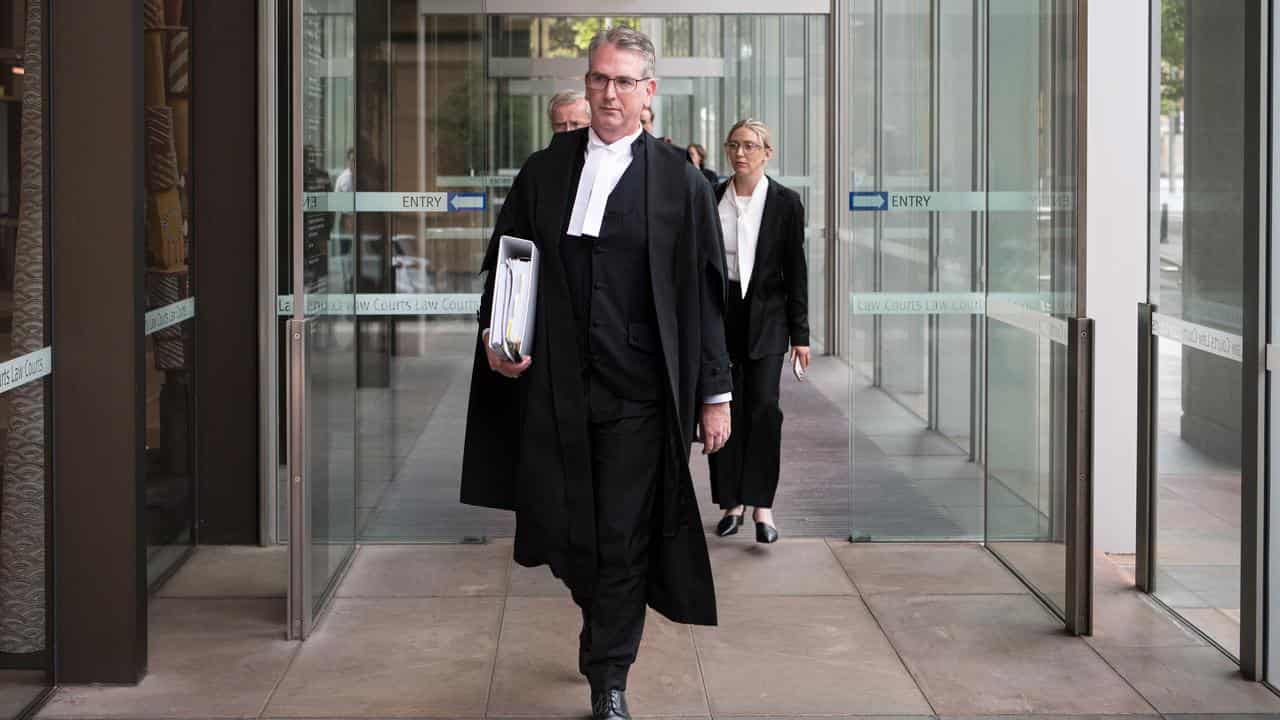
It is difficult to understand how an elderly Afghan man died during an SAS raid if not through unlawful execution, a judge overseeing Ben Roberts-Smith's defamation appeal says.
During a second week of the Victoria Cross recipient's wide-ranging bid to overturn his landmark defamation loss, the court was told arguments in support of media reports that an old man found in a tunnel and handcuffed had then been unlawfully killed.
In June, Justice Anthony Besanko found substantially true the 2018 reports by the Nine-owned Sydney Morning Herald and The Age as well as The Canberra Times that Mr Roberts-Smith ordered a junior soldier to kill an elderly unarmed prisoner to "blood the rookie".

Representing the three newspapers on Monday, Nicholas Owens SC said the war veteran conceded the elderly man had been unarmed when he was killed by a single gunshot to the head by a rookie known as Person Four.
However Mr Roberts-Smith contests the killing was unlawful.
Under the rules of engagement, soldiers are not allowed to kill prisoners who pose no threat.
Mr Owens agreed with a proposition by appeal judge Justice Nye Perram that there was only "one interpretation" for how the man was killed.
“It's just hard to understand how else he came to be dead,” the judge said.
“Precisely," Mr Owens replied.
The ex-SAS corporal was also found to have thrown another prisoner with a prosthetic leg to the ground before machine-gunning him.
The killings occurred during an Easter Sunday 2009 raid on a compound known as Whiskey 108.
Mr Roberts-Smith is alleged to have taken the prosthetic leg back to Australia for use as a novelty beer-drinking vessel.

Mr Roberts-Smith has always denied any wrongdoing and has not been criminally charged.
Mr Owens said the ex-SAS corporal had attacked five witnesses called to support the two alleged executions, despite conceding that the soldiers were mostly honest and reliable.
"They're accepted to be reliable about absolutely everything except for the one fact that sinks the case for (Mr Roberts-Smith)," Mr Owens told the court.
Mr Owens said the war veteran's appeal hit numerous problems.
Mr Roberts-Smith originally denied that anyone was found in the tunnel, claiming the two men were killed legitimately as they were armed "squirters" fleeing the scene of the battle.
However, there had been no evidence of any fighting with insurgents inside the Whiskey 108 compound while it was being cleared, the court was told.
Photographic evidence also showed the elderly man's body lying near the tunnel inside the same compound, Mr Owens said.

"He’s been killed by a single shot to the head and you can see what’s around his head to show that he hasn't been moved,” the barrister said.
The fact witnesses could not remember precisely how many people were found in the tunnel did not mean reports the executions took place should be rejected, Mr Owens said.
Mr Roberts-Smith's focus on specific and allegedly erroneous sections of Justice Besanko's 2600-paragraph judgment did not mean the entire decision should be overturned, the barrister argued.
The judge had engaged in a "sophisticated and remarkable process of reason" which although difficult to read was sequential and reached proper conclusions, Mr Owens said.
The judge had carefully put together the pieces of a mosaic to make findings about what actually occurred at Whiskey 108, the court was told.
“When you look at it, you see it all actually lines up. It lines up very neatly."
The judgment found Mr Roberts-Smith kicked a handcuffed prisoner off a cliff near the village of Darwan before ordering his execution in 2012.
It also found he had ordered the killing of another prisoner that same year after a weapons cache was discovered in the village of Chinartu.
The hearing continues on Tuesday.
Lifeline 13 11 14
Open Arms 1800 011 046









